In What Type of RV to Buy: Part 1 of this series we discussed the huge range of RVs currently on the market. Now we will consider your needs, desires, and limitations. Having these in mind will help you choose the best RV for your new lifestyle in part 3. Let’s start with a series of questions to get you thinking about them. I’ll give you my own answers to these questions as we go.
Who Wants Some Adventure?
This one should be easy to answer, who is going to be traveling in the RV? Typically, this is going to be your family, but you may want to bring guests or clients or perhaps pets. In addition to a number of folks living and sleeping in the RV, you want to tackle the rest of the questions keeping in mind the needs and desires of everyone in the crew.
The more people and critters in your party, the more space you are likely to need. This is especially the case if you want any kind of privacy between the travelers, though don’t expect too much on that account inside your RV.
Trail and I have no kids and aren’t too likely to bring any guests, but we do have a couple of kitties. The cats need a place to feel safe, and room for their litter box and food. We humans need a fair bit more room. I’m 6’3″, 320lb, and far from flexible. I needed an RV tall enough I could stand up, with a big enough bath I could fit without contortions, and a bed I would not stick out of in multiple directions.
Where are You Going?
You never truly know where your adventures will take you but you probably have a good idea of the types of places you want to go. Even if “all of them!” is the answer, and it’s a good one, you should think about what types of trips you are most excited about and the types of places you would like to spend the most time. Generally, destinations will fall into some categories: urban, rural, and wilderness locations.
Rural includes most parklands that are set up to accommodate tourists. Urban areas are typically not happy places for large RVs, same goes for remote wilderness locations. Rural areas and most parklands tend to be the most spacious and forgiving. Of course, there are strategies for bigger rigs to divide and conquer. Those in a trailer can take their tow vehicle into the wilds or urban jungle and larger motorhomes can tow a car (often called a “toad”, since its being “towed” behind the motorhome). Wilderness areas also mean you need to operate off the grid and with reasonable supplies.
We want to go everywhere! I like cities, Trail likes the wilderness. I felt that being able to park our home, and then range around in a car or truck was the way to go to accommodate all adventures possible yet allowing us to have a fairly large RV.
How Long will You Be on the Road?
It may matter less than you might imagine, but you should consider how much time you plan to spend in your RV. Consider both how often you will take trips, and how long those trips will be. If you are like us, your RV will be your new home, not just a home away from home. Driving time matters too. If you want to go a long way in a short time it means a lot of driving time as where if you have more time you can take short hops from place to place.
The more time you spend in the RV the more it needs to feel like home and provide you both shelter and comfort. The more drive time you have the more you want your RV to be easy to drive and provide comfort for both driver and passenger on the move.
We were determined to go full time! We want to find a way to make a living from anywhere in the world and keep on roaming as long as we have the passion for it. For us, this meant we wanted our RV to be sturdy and reliable and with enough storage for all we needed in life with a bit of room for the unexpected.
What is Your Style?
Do you want to travel in the lap of luxury, or do you enjoy a more spartan existence? Do you need to bring along a lot of gear and equipment, or do you prefer to travel light and buy what you need when you need it? While it’s good to stretch and challenge yourself while traveling, it’s also important to feel comfortable and at ease when it comes time to rest. Visual style can matter as well. Trailer interiors range from country cottage to sleek modernity and everywhere in between. You want your RV to feel like a sanctuary.
Typically luxury comes at a cost, and often the larger the RV the more luxury features it will have and size also comes at a cost. There are exceptions, and companies like Airstream and others do have luxurious high-quality RVs in smaller sizes. Style is often where brand considerations come into play. No matter what you get, taking some time to customize your RV and make it your own is time and money well spent.
For better or worse, Trail and I have somewhat expensive tastes. We also were pretty fond of “stuff” and our home was full of “things” of all kinds. We made a deliberate decision to get rid of stuff and change to a more stripped-down lifestyle. For Trail it was a deliberate change of lifestyle, for me, it was more a matter of practicality. Both of us prefer a modern design and are not fond of the stained wood look popular with many manufacturers.
What is your budget?
Here is where the rubber meets the road. It is important to decide how much money you want to spend and how much you can spend to realize your RV dreams. For some this means making payments, for others it means paying a lump sum up front. RVs are not an investment as a home with property can be. They are almost guaranteed to lose significant value unless you have the skills to dramatically improve the quality and appearance of an older trailer.
The good news is that if you have time, and are willing to work at it, you can make your money go further by being a skilled RV shopper. This means both searching high and low for trailers to buy, and knowing how to negotiate the best price. Especially if you are buying new, if you don’t think you have the time or temperament to negotiate and shop, I strongly suggest you find someone you know who can help you out, or even hire a professional to help you. You can also take advantage of the depreciation of RVs by buying used. The risk is somewhat greater, there are real lemons out there, but the rewards can be great. With a few exceptions, a budget will not determine what kind of RV you can afford. Both motor homes and trailers can be had cheaply and in the used market, size is not quite as determinate in price as is condition and how well you shop.
Trail and I had a pretty hefty budget to work with. Essentially whatever we got from the sale of our house and our commuter car would be channeled into buying our RV. We were determined to go debt free in the process so we bought everything with cash rather than credit. All said and done we spent around $135K on our RV (new) and tow vehicle (used).
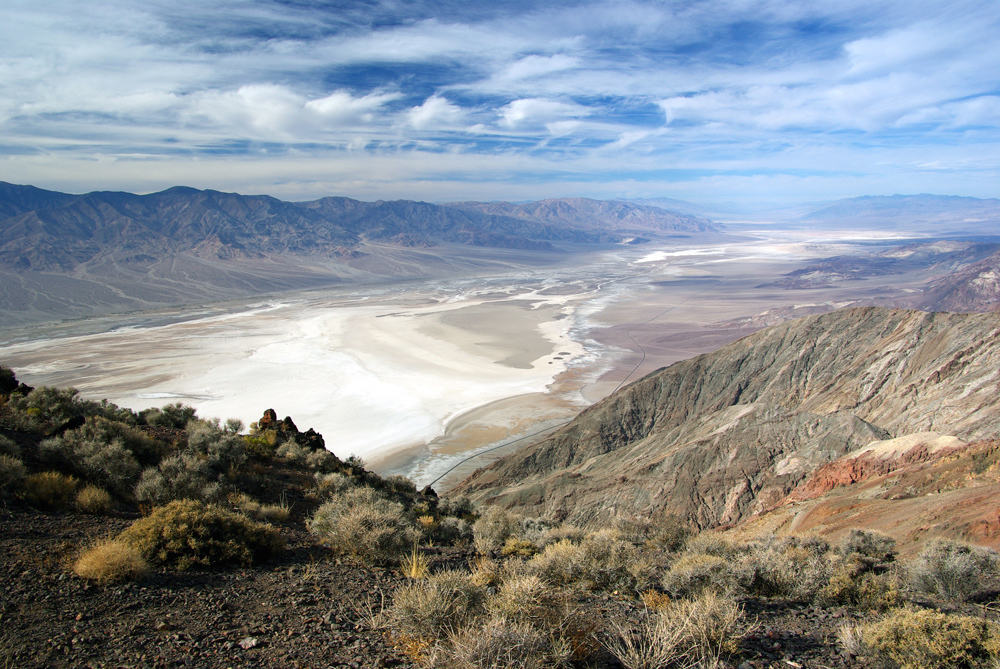
The price of a 30′ Airstream and Dodge Ram 1500: 140K. A lifetime of views like this one: Priceless.
Almost there, just a little bit longer
We’ve looked at the many types of RVs on offer, we have meditated on our needs and desires. Now we try and put those two things together and come up with a focus for your shopping.
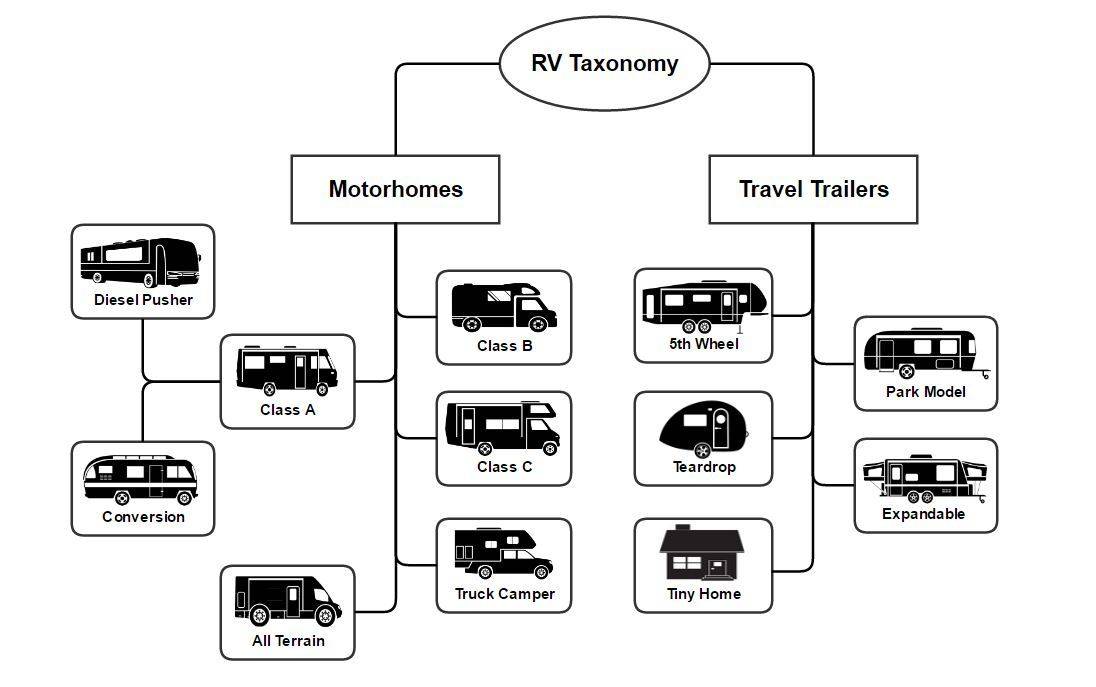

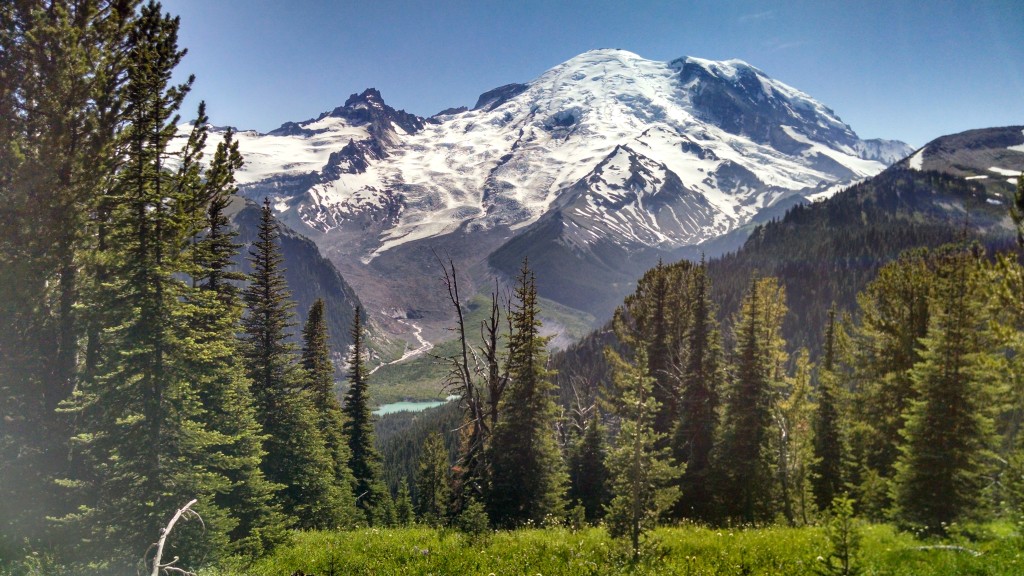
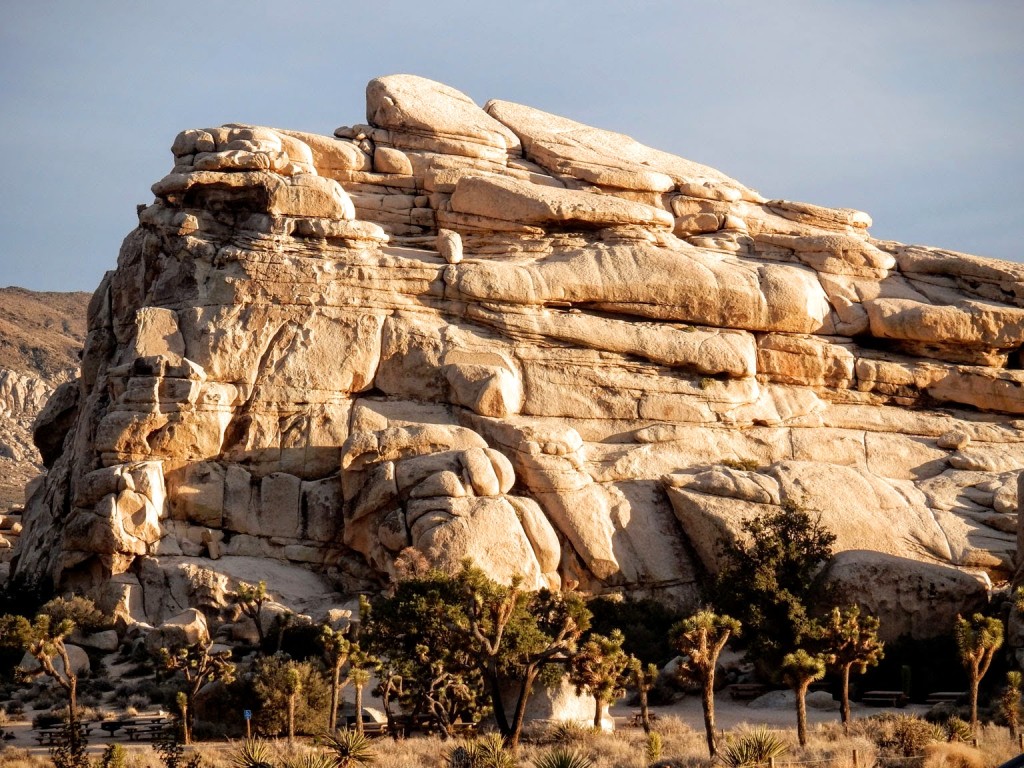
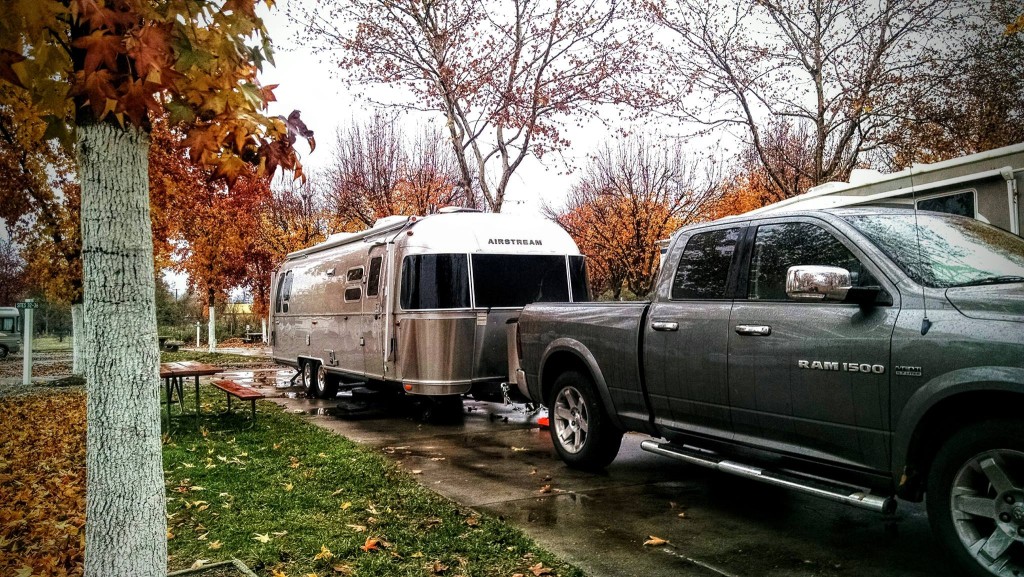
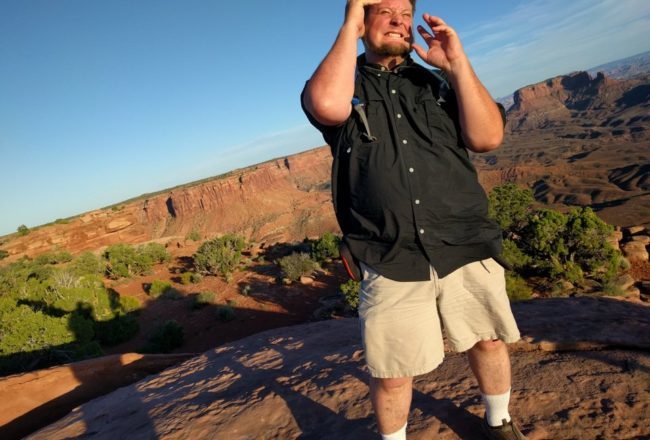

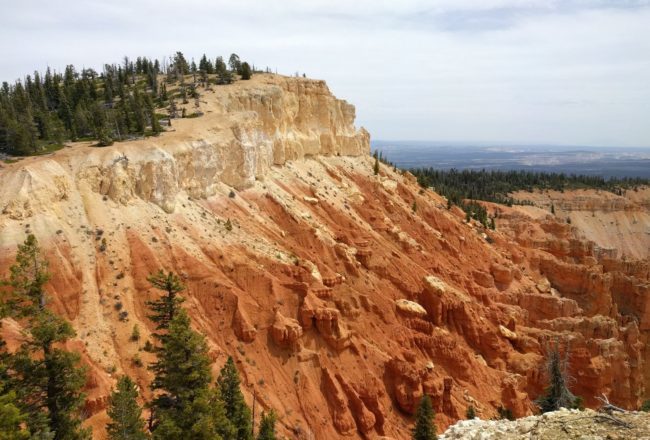


2 Comments
You are missing a whole other class of trailers on your chart. They are the smaller fiberglass ones such as the lil’ Snoozy, Casita, Escape, Happier Camper and the Nest Caravan (now being produced by Airstream). Many of them have standing head room and some have wet bathrooms. They are not tear drop trailers although the new Lil’ Snoozy has an aerodynamic shaped nose to it but it does have plenty of standing head room in the main cabin area. This class of trailers is not new on the market, they have been making them since the 1960’s and quite a few people do travel in them full time. Their weight typically ranges between 800 to 1600 pounds. There are quite a few models that can be pulled with a 4 cylinder vehicle.
Thanks 🙂 In part 1 I mention these as “Ultralights” and lump them in with teardrops since they have similar qualities: can tow with a car (usually), fairly and mobile. For the chart I had some space limitations and Teardrop/Ultralight didn’t fit. Also tricky because “ultralight” actually covers a pretty broad range, both the pure sleepers and the ones you can stand up in that might be seen as smaller “camp model” trailers. The history seems to be that people make the trailers, then other folks set the categories. For my article, I’d put the ones that have wet bathrooms in the “camp model” zone and those without in the “teardrop” zone, though that may need a better name to be more inclusive of all the designs out there. Lots of ways to slice up the pie.
At any rate, I plan to update these articles and I’ll put including this category of trailers on the list of revisions to consider. Thanks for the good info!